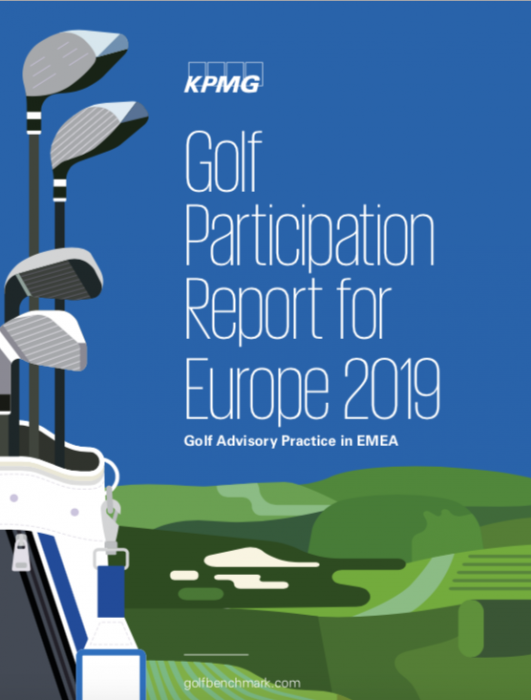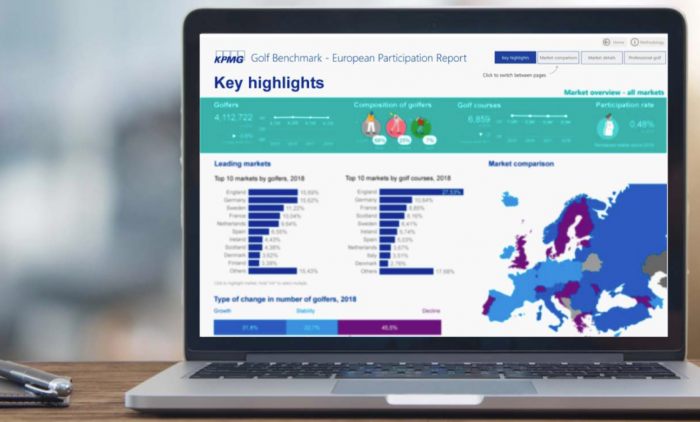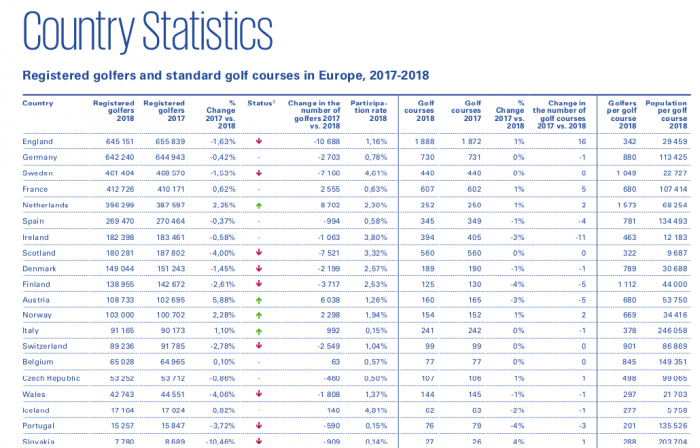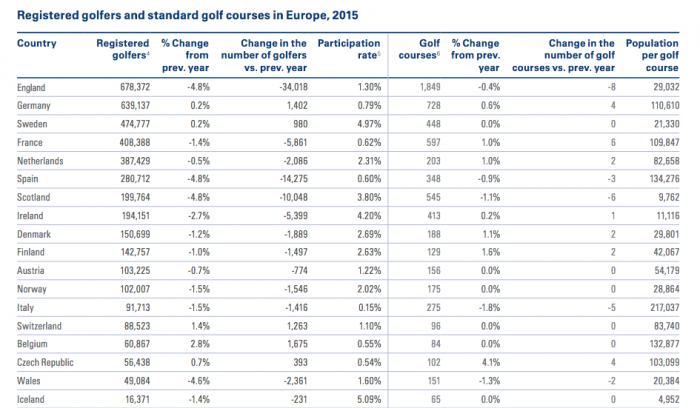Ireland now has more members of golf clubs than Scotland
Ireland has more members of golf clubs than Scotland for the first time since KPMG started comparing the figures of the two golfing unions.
The numbers, from KPMG’s Golf Advisory Practice’s Golf Participation Report for Europe (2019), show that Ireland has just over 182,000 members, with Scotland on just over 180,000 members. While KPMG has been collating membership figures for more than a decade, it only started separating the home golf unions in 2013 – when Scotland had 209,812 members of golf clubs and Ireland was on 199,550.

The figures for Ireland are via the Golfing Union of Ireland, which includes clubs in both the Republic of Ireland and Northern Ireland.
The home golf unions saw a collective drop of more than 20,000 members of golf clubs from 2017 to 2018.
England and Ireland performed better than Scotland and Wales.
England remains, only just, the country with the largest number of golf club members in Europe, with 645,151 members, a drop of 10,688 from 2017, or -1.63%. However this represents a drop from 712,390 members, or of 67,239, in the last five years.

For years Germany has been on the verge of overtaking England but it suffered a slight fall as well – to 642,240, and remains in second place.
Next is Sweden (461,404 registered golfers), then France (412,726 – which saw a rise in the year it hosted the Ryder Cup), then The Netherlands (396,299) and then Spain (269,470).
Seventh is Ireland with 182,398 members, a drop of just 1,063 from 2017, or -0.58%. Ireland has overtaken Scotland, which has dropped to eighth, with 180,281 members, a drop of 7,521 from 2017, or -4%.
Wales is 17th with 42,743 members, a drop of 1,808 from 2017, or -4.06%
Just over one per cent of the population of England (1.16%) is a member of a golf club, in Ireland it’s 3.8%, Scotland it’s 3.32% and in Wales it’s 1.32%.

How the figures look 2017-2018
Iceland is Europe’s most golf-obsessed country where 4.81% of the population is a registered golfer, followed by Sweden (4.61%).
‘The report reveals that the European golf market is still stable in 2018 in terms of numbers of registered golfers and golf courses in operation, with no substantial changes in the overall supply and demand figures for Europe,’ said a KPMG spokesman.
‘The overall participation rate for Europe has remained stable since 2015. In fact, when taking a closer look at Europe’s golf markets, 54.5% of local golf associations indicated that the level of participation in their country in 2018 had either stabilised or increased. The remaining 45.5% of European markets experienced some decline, including prominent markets.

How they looked 2013-2014 when KPMG first separated the home golf unions
‘The research shows that the number of registered golfers decreased slightly, by 0.6% (-24,396), while the number of affiliated golf courses in Europe remained stable, a drop of just three venues.
‘Based on our survey, the gender distribution of registered golfers in Europe is constant, 68% of them are male, 25% female and 7% are junior.’
In total, there are 4,112,722 registered golfers in Europe, playing at 6,859 clubs.















Let me tell You a sad story ! There are no comments yet, but You can be first one to comment this article.
Write a comment